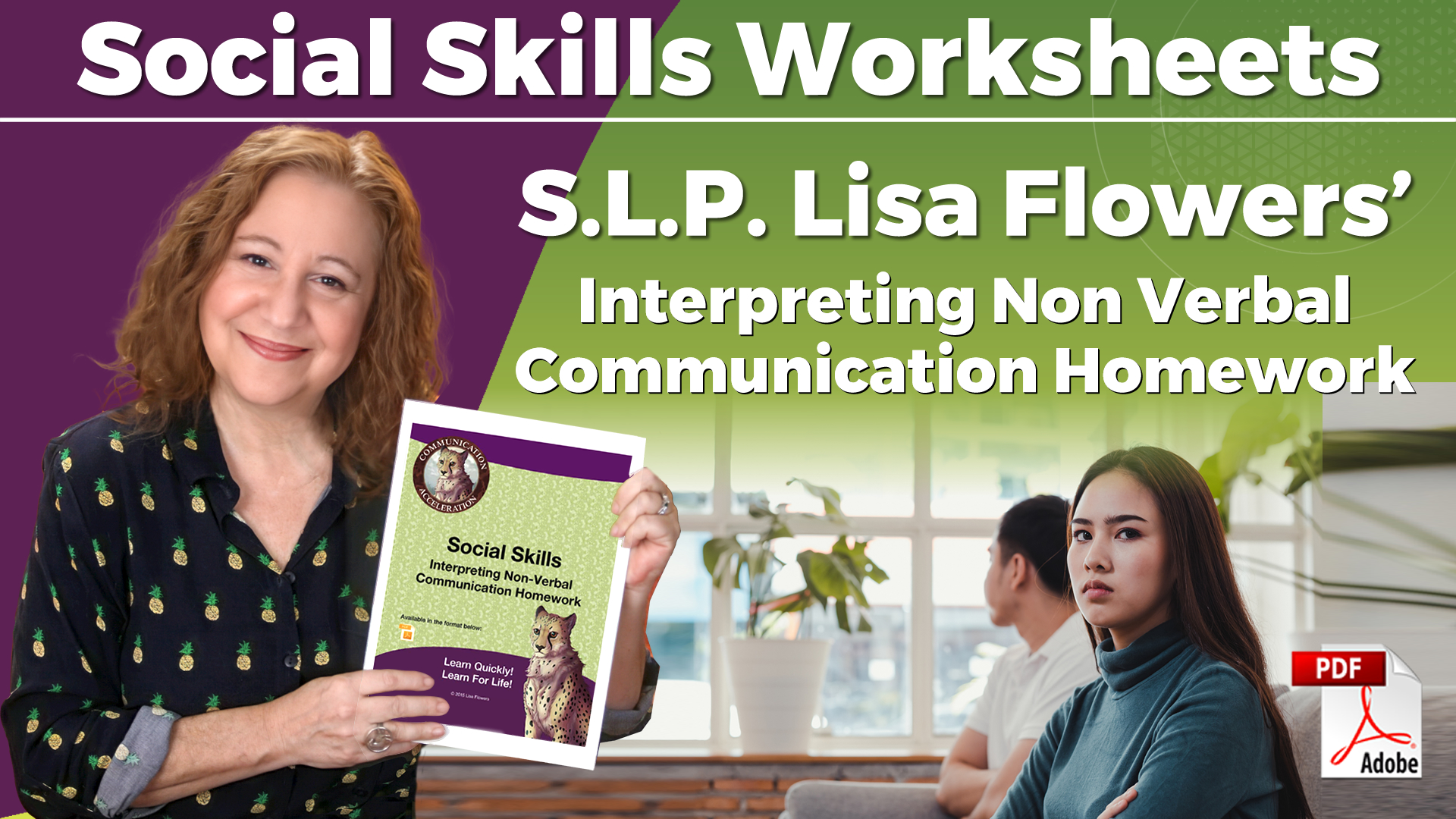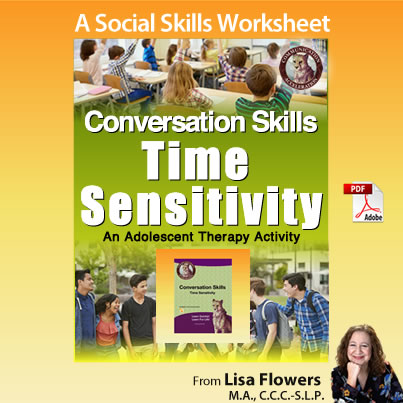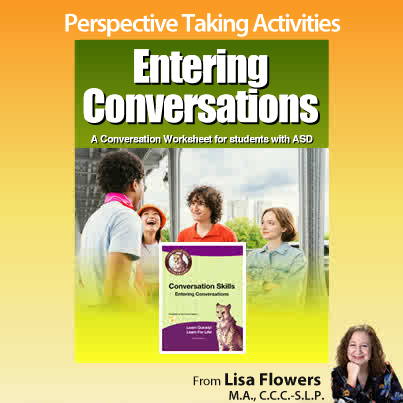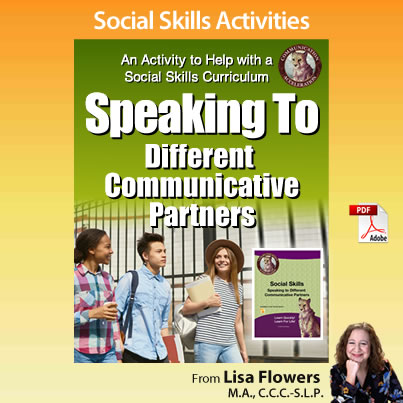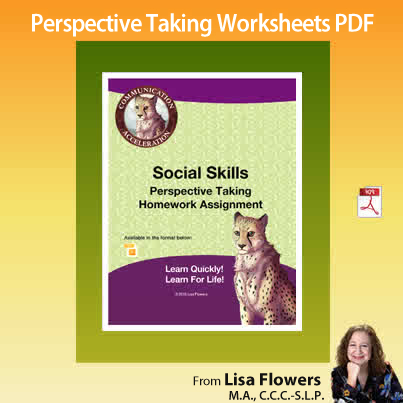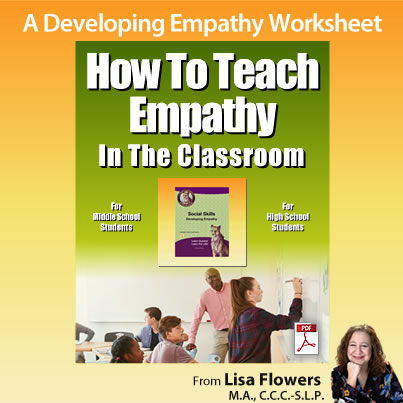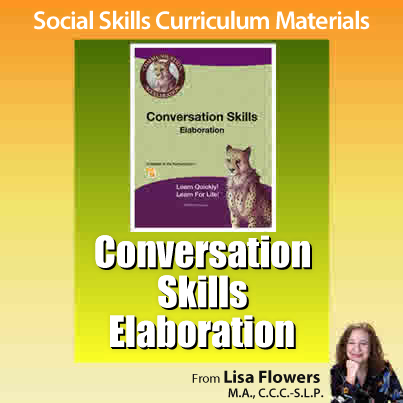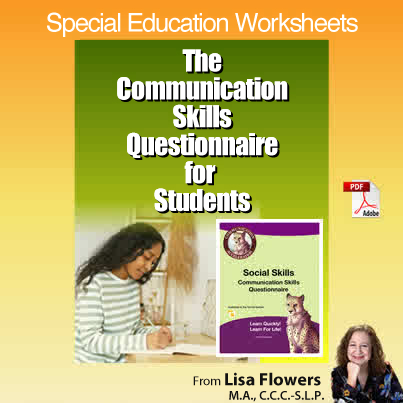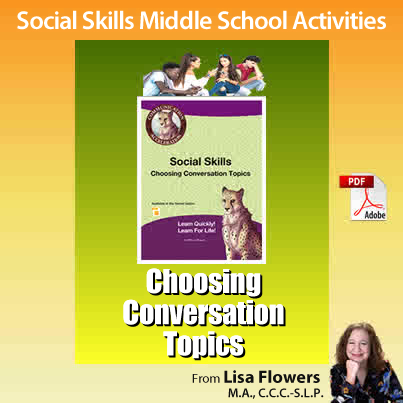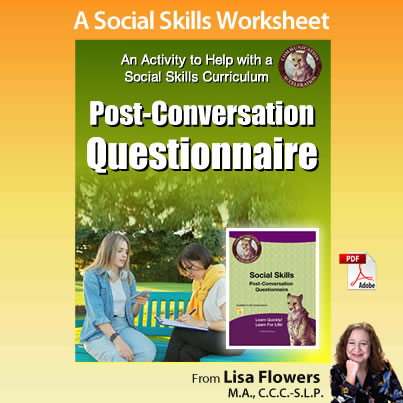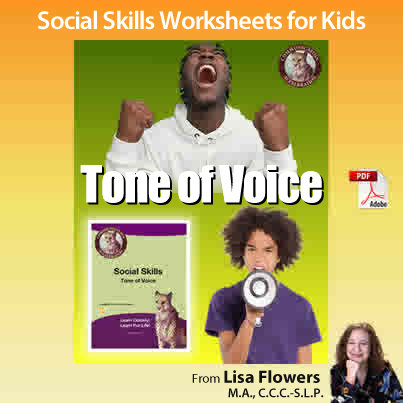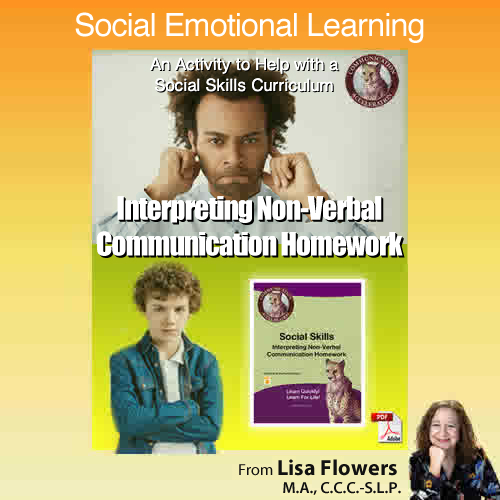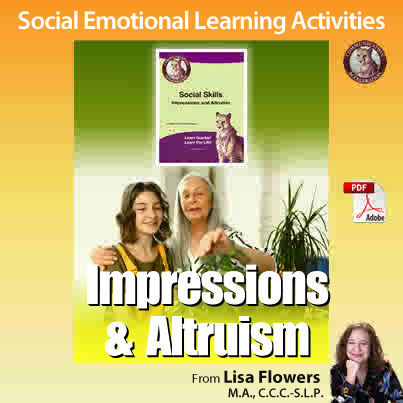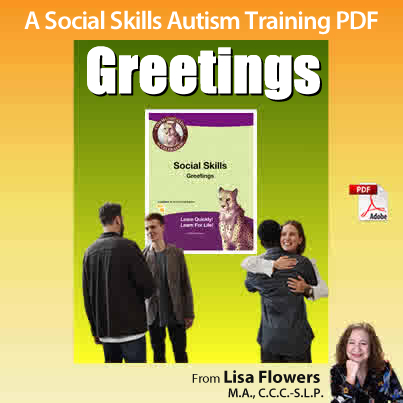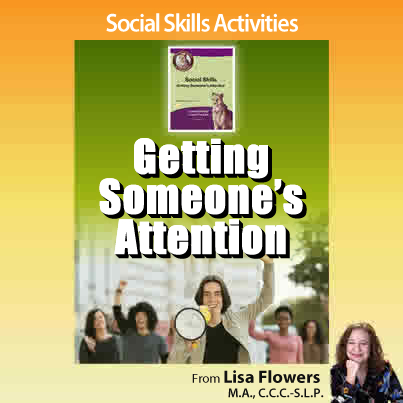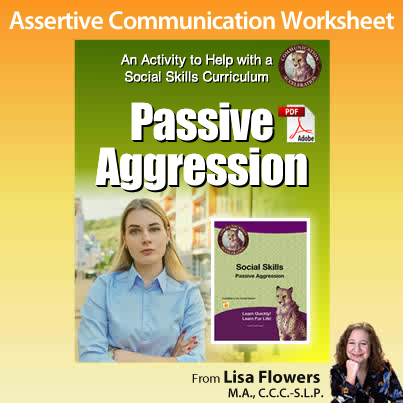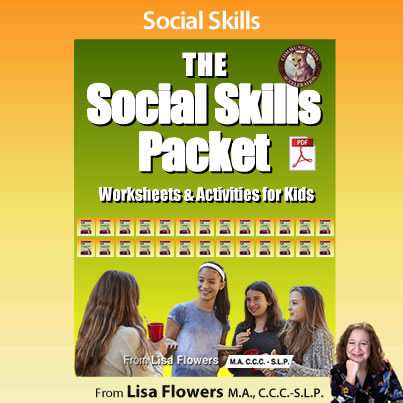Social Skills - Interpreting Non-Verbal Communication Homework
Social Skills / Interpreting Non-Verbal Communication Homework
Interpreting Non-Verbal Communication Homework
Watch the video to learn more
Click here for video transcription and ADA compliant audio for the video above
Interpreting Non-Verbal Communication Homework
This assignment tasks students with applying the interpretation skills you've taught them to their life outside of your office or classroom.
Interpreting Non-Verbal Communication Homework
See the audio transcription below:
Welcome to my Interpreting Non-Verbal Communication Homework. Check out this excerpt from the training video I did for the New York City Department of Education. Next comes Interpreting Non-Verbal Communication Homework, because I want our students to get used to really zeroing in and noticing people's behavior, people's non-verbal communication. Individuals on the autism spectrum do not naturally observe other people nearly as intently or as frequently as neurotypical individuals do, so I give them this homework assignment where they have to do it. They have to fill out the form and really observe other people and how they are reacting. Thanks for reviewing my description of my Interpreting Non-Verbal Communication Homework. If you like what you've seen here, please click and subscribe to my channel. I'm not exactly sure what that means, but my web guy told me it's a thing!
Get Great Social Skills Worksheets to add to your Social Emotional Learning Curriculum!
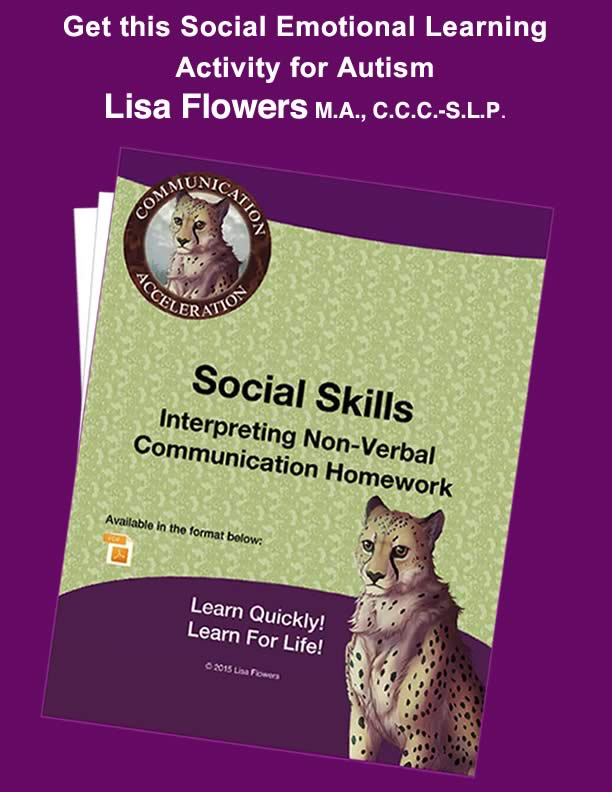
Interpreting Non-Verbal Communication Homework
This assignment helps students practice interpreting nonverbal cues such as body language, eye contact, facial expressions, and tone of voice.
Individuals with Autism Spectrum Disorder tend to struggle with interpreting nonverbal cues, due in part to the fact that they usually do not perceive or understand the behavior of others as often or as accurately as neurotypical learners. Prior to assigning this homework assignment, therapists can work on interpretation of the elements of nonverbal communication through practicing identification of signs of emotion in videos (e.g., clips of television shows) without sound. Complementary materials include Tone of Voice, Kinesics: Interest vs. Disinterest, and Developing Empathy, which can round out this skill with ease. This homework assignment helps students generalize the skill of interpreting nonverbal behaviors in everyday social interactions. In addition, the assignment teaches students that it's just as important to react helpfully to another's feelings as it is to observe and accurately identify those feelings.
More Worksheets and Activities from the 52 Lessons Package
These social skills worksheets and activities for individuals with Autism and Social Pragmatic Communication Disorders target a variety of social skills, including the development of empathy, perspective taking, kinesics, listener/reader presupposition, and conversational skills.


Search Another Way
Get Social Skills
Packet
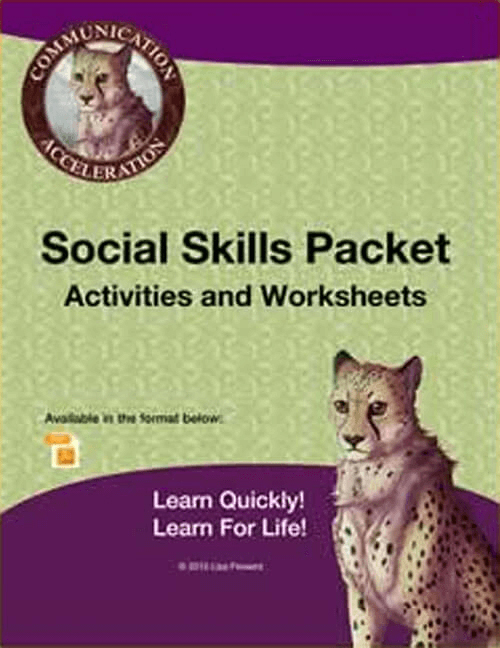
A collection of 28 social skills worksheets and activities that cover conversation skills, kinesics, perspective taking, development of empathy, and real-world communication.
Get 52 Lessons & Activities

A collection of 52 language and communication worksheets and activities that cover a plethora of reading comprehension, writing, grammar, and social communication skills.
